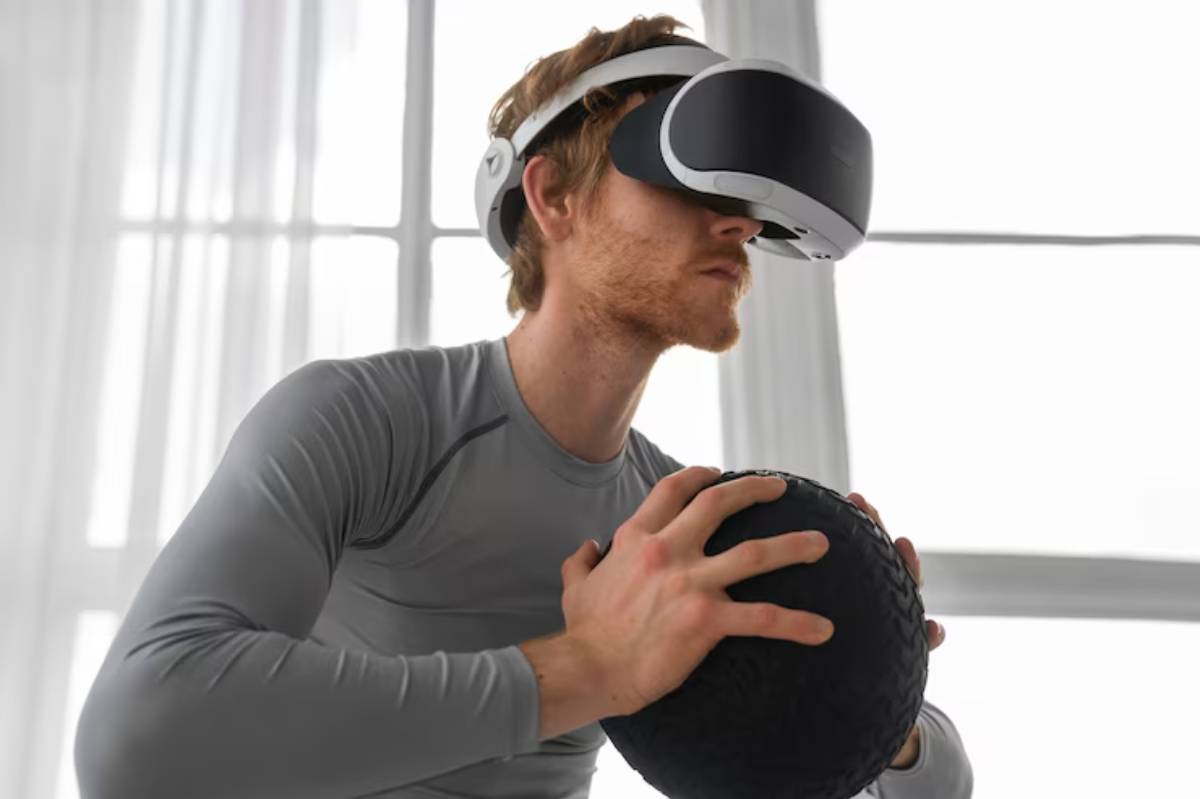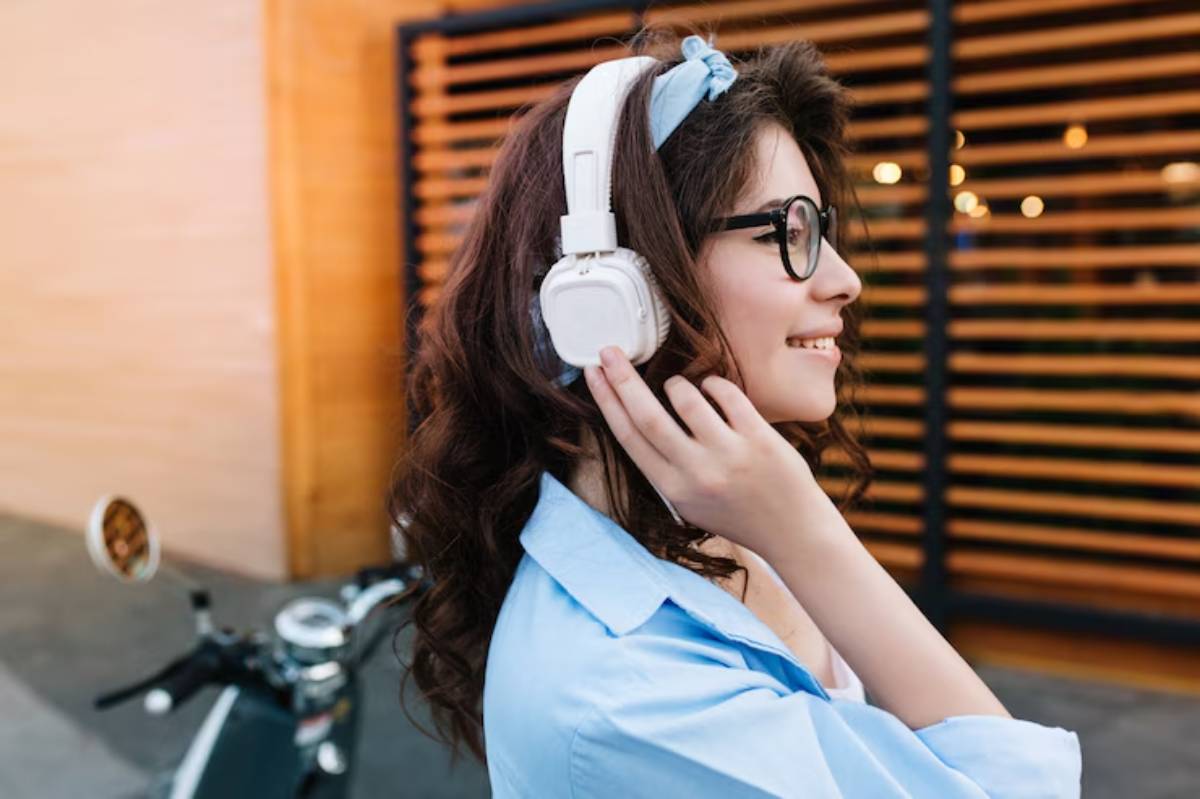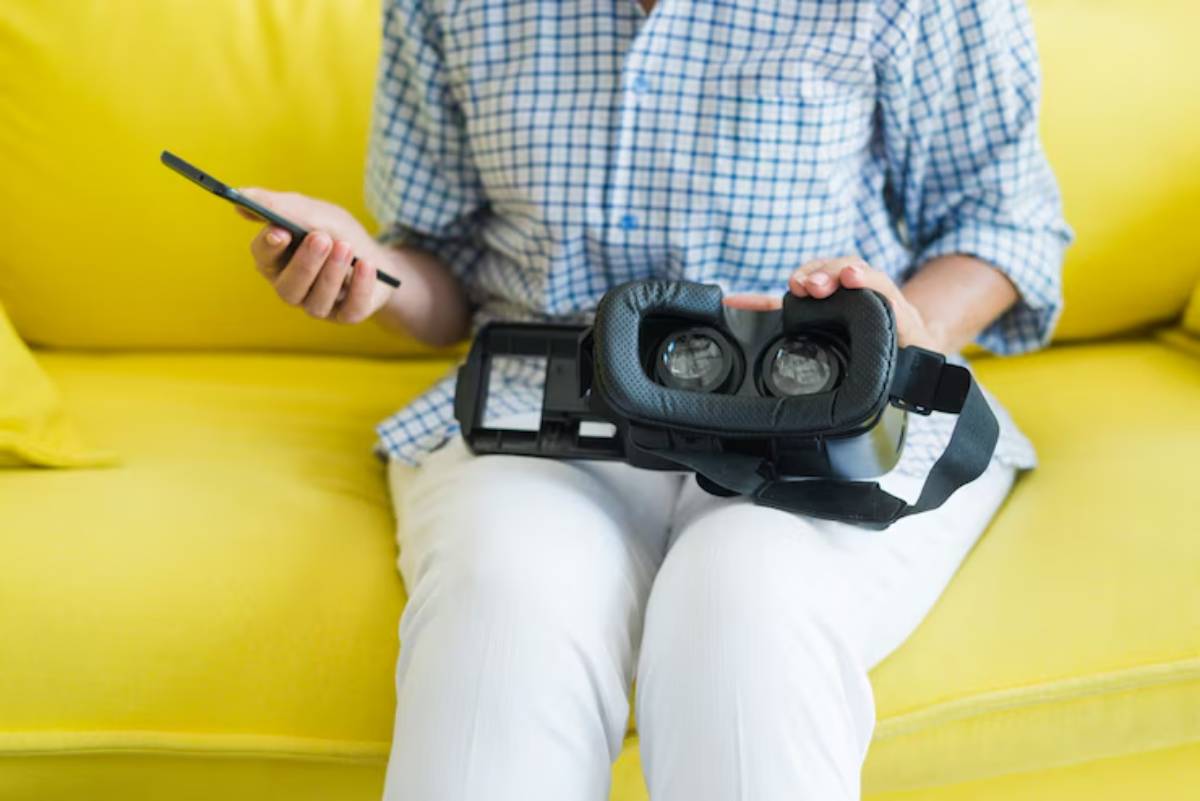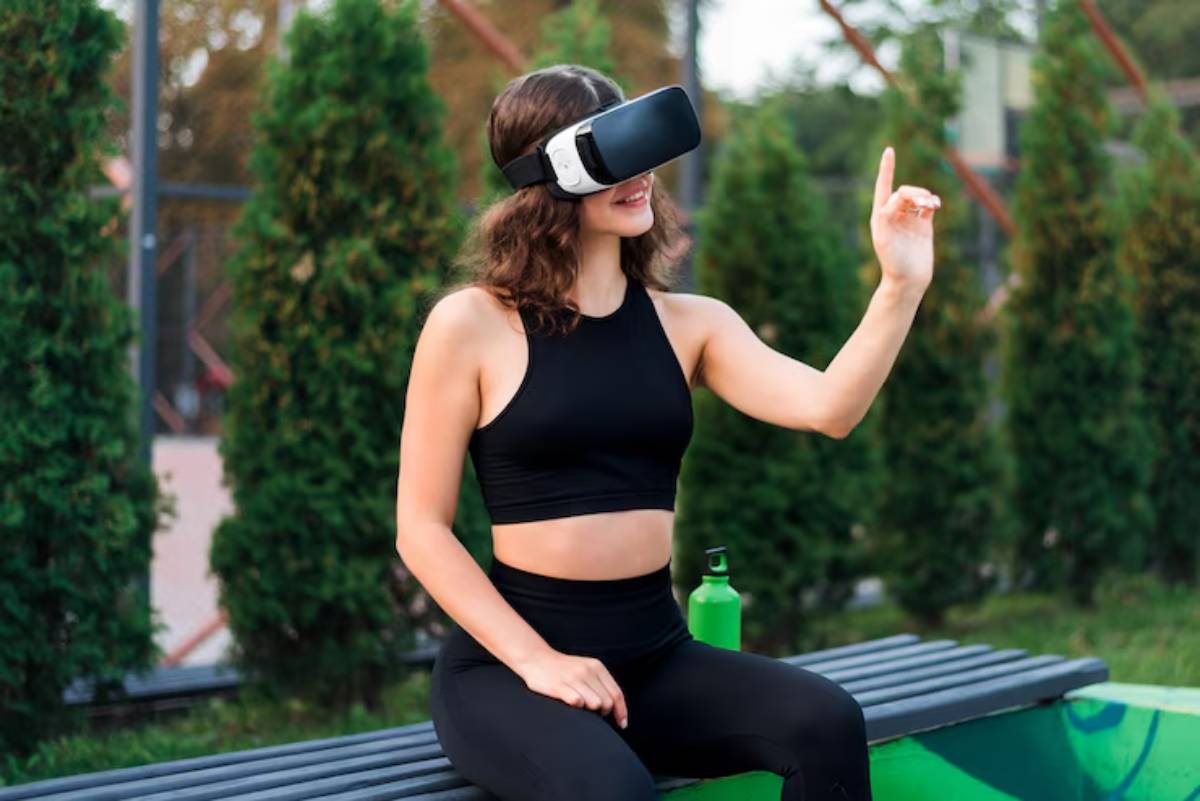
Tracking Accuracy in Fitness VR
You’re mid-squat, breathing heavy, swinging your arms through a virtual jungle, or sparring with a digital opponent. Suddenly, your punch registers late, or your rep doesn’t count. Frustrating, right?
In fitness VR, tracking accuracy isn’t just a feature — it’s everything. Whether you’re box-jumping in Supernatural, ducking obstacles in Les Mills Bodycombat, or maintaining balance in a virtual yoga session, precise motion tracking ensures your efforts are measured, counted, and effective.
With more people trading treadmills for treadmilling in the metaverse, understanding VR motion tracking can mean the difference between a satisfying session and a missed opportunity. In this article, we’ll unpack what makes accurate VR sensors critical for fitness, how different headsets compare, and how to choose the best headset for fitness apps based on how you like to move.
What Is Motion Tracking in VR?
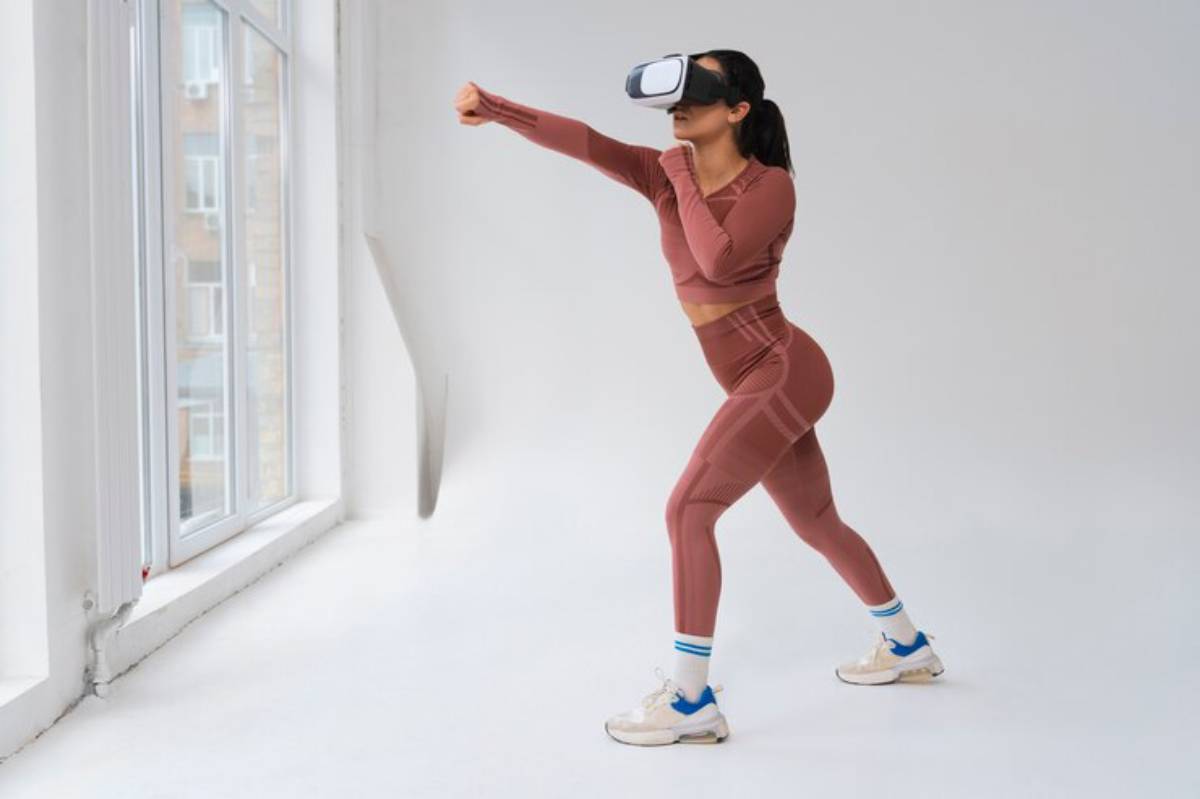
Motion tracking in VR refers to how a headset detects and responds to physical movement — your head, hands, arms, and sometimes even your full body.
There are two main types of tracking:
Inside-Out Tracking
- Cameras and sensors are built into the headset.
- No external sensors needed.
- Common in standalone headsets like Meta Quest.
Pros: Portable, wireless, easy to set up
Cons: Can lose tracking if hands move out of sight
Outside-In Tracking
- External base stations or cameras track headset and controllers.
- Used in high-end PCVR systems (like Valve Index).
Pros: Extremely accurate, stable over time
Cons: Requires setup space, not portable
For fitness users, inside-out tracking is generally preferred — it’s simple, cable-free, and designed to handle high-movement games without a fuss.
Why Tracking Accuracy Matters in VR Fitness

In traditional workouts, you count reps, track steps, or monitor heart rate. In VR fitness, tracking accuracy replaces your gym mirror and rep counter.
Here’s how:
- Precise tracking: accurate scoring. Whether you’re hitting targets or hitting milestones, tracking ensures the app recognises your full range of motion.
- Form and safety: Good tracking lets you see your form and avoid overextension or incorrect posture, especially important in high-impact workouts.
- Immersion: Nothing breaks immersion faster than a floating arm or missed punch.
- Real-world calorie tracking: Fitness apps use motion data to estimate calories. The better the tracking, the more realistic your health stats.
The Best Headsets for VR Motion Tracking in Fitness
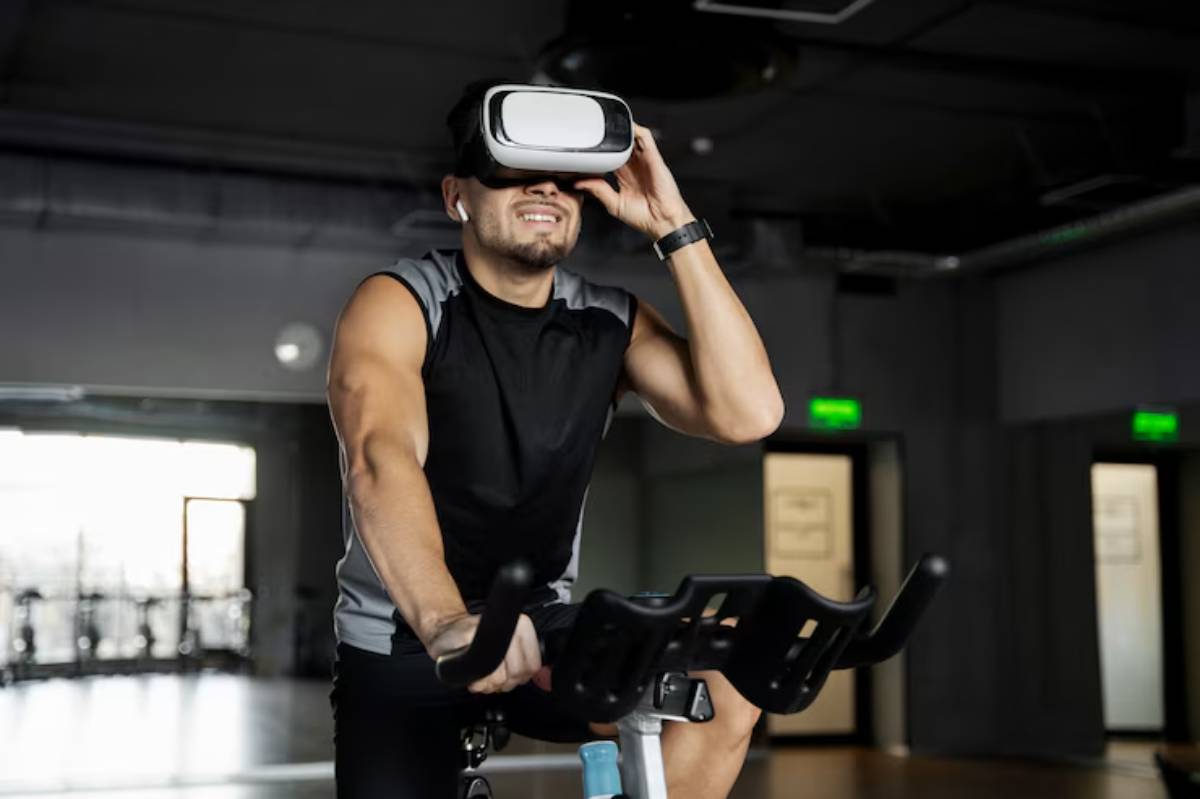
Here’s how today’s most popular headsets stack up when it comes to tracking for active use.
Meta Quest 3
Tracking Type: Inside-out
The Quest 3 uses enhanced inside-out tracking with four wide-angle cameras and advanced computer vision algorithms. It’s a notable step up from the Quest 2, especially in fast-paced games.
Why It Stands Out:
- Supports full-colour passthrough for mixed-reality workouts
- Smoother controller detection in high-speed movement
- Accurate hand tracking for app menus and low-intensity sessions
Downside: Hand tracking still isn’t perfect for fast gestures (like boxing combos), but controller tracking is among the best in standalone VR.
For longer workouts, it’s best paired with a battery pack for extended VR sessions to prevent mid-game power drops.
Pico 4
Tracking Type: Inside-out
The Pico 4 has four tracking cameras and uses a similar approach to Quest. While the tracking isn’t quite as robust at extreme angles, it holds its own in most fitness games.
Strengths:
- Lighter headset means more comfortable workouts
- Responsive controller tracking in most apps
- Improved stability with recent firmware updates
Weaknesses: Slight lag can occur when switching rapidly between gestures (e.g. shadowboxing with cross-hooks). But for cardio, dance, and rhythm games, it performs well.
Valve Index
Tracking Type: Outside-in (Lighthouse base stations)
This headset is the gold standard in accurate VR sensors, offering sub-millimetre precision. However, it’s tethered, requires setup, and isn’t portable — making it less ideal for spontaneous workouts.
Advantages:
- Best-in-class finger and motion tracking
- No drift, lag, or signal drop
- Ideal for pro-level motion studies
Limitations: Cables restrict dynamic movement. If you’re throwing punches, lunging, or moving across a room, it’s not as flexible as wireless options.
Meta Quest 2
Tracking Type: Inside-out
The Quest 2 still holds its own with decent tracking via four infrared cameras. It’s the most accessible headset and works seamlessly with top fitness apps.
Tracking Notes:
- Strong performance in centre-field tracking
- Occasional drift when controllers are behind your back
- Works best in well-lit spaces
Add-ons like grippy silicone covers and sweat-resistant face pads — like those featured in our top VR controller grips and skins — help maintain grip and accuracy during long sessions.
Key Factors That Affect Tracking Performance
Even the best sensors need optimal conditions to shine. Here’s what can help (or hinder) your VR fitness experience.
Lighting Conditions
Most inside-out headsets require moderate, consistent lighting. Avoid:
- Bright sunlight (can confuse IR sensors)
- Complete darkness
- Reflective surfaces (mirrors, glass)
Play Space
Ensure you have enough room to move freely.
- Minimum: 2m x 2m for cardio/dance games
- Ideal: 3m x 3m for games with side-steps, lunges, or floor work
Controller Grip and Stability
Sweaty hands = slipping controllers = tracking disruption. Use:
- Silicone grips
- Knuckle straps
- Wrist loops
These maintain controller orientation and tracking integrity during vigorous movements.
Firmware and App Updates
Manufacturers regularly release tracking improvements via updates. Keep your headset and fitness apps updated to take full advantage of the latest tracking enhancements.
Mixed Reality: The Next Frontier in Fitness Tracking?
The newest wave of VR headsets is merging virtual and real-world environments. With colour passthrough and spatial awareness, mixed reality can:
- Track your real environment — walls, floors, furniture
- Enable virtual-physical hybrid workouts
- Encourage better movement tracking with context-aware calibration
Apps like Supernatural and Tripp are already exploring MR integrations. Expect more fitness VR tracking innovation as this tech matures.
Conclusion: Tracking Makes the Workout Work
In VR fitness, accurate tracking is what connects your real-world effort with your virtual goals. The better the tracking, the more immersive, rewarding, and effective your workout becomes.
If you’re after wireless convenience with reliable tracking, Meta Quest 3 is currently the top performer. For budget users, the Quest 2 still delivers with a few fit-friendly upgrades. And if you value comfort with strong tracking, the Pico 4 is a compelling alternative.
Whatever your fitness goals — fat burn, flexibility, or fun — start with the headset that sees you clearly, tracks your every move, and keeps up when your heart rate spikes. Then accessorise smartly and move with confidence in the virtual space.
Got a favourite headset or tracking trick? Share your fitness setup or questions in the comments — we’re always keen to hear how you’re staying active in VR.
